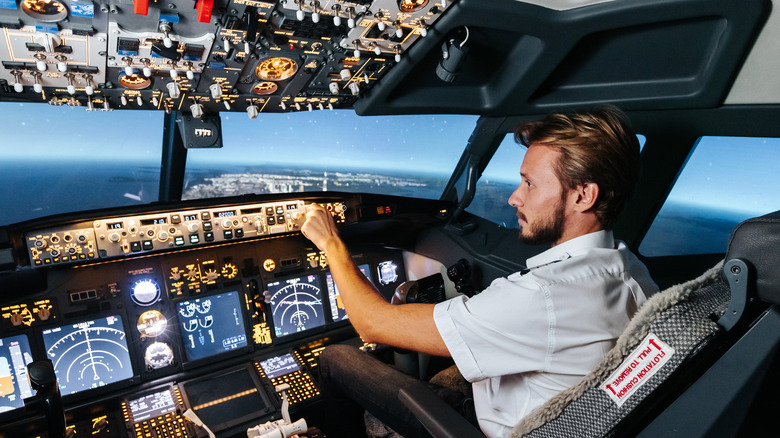The Evolution of Autopilot in Modern Aircraft
The concept of a self-driving car might seem futuristic to many, but when it comes to the level of automation found in modern aircraft, it’s actually quite advanced. While we’re still in the early stages of developing fully autonomous vehicles on the road, autopilot technology has been around for much longer than most people realize. Today’s airplanes often have the capability to fly themselves, thanks to systems like the Automatic Flight Control System (AFCS). This system not only controls the plane’s flight path but also manages thrust and other critical flight functions.
There is significant variation in these systems across different aircraft models, but modern passenger jets are typically equipped with highly automated features. From older planes like the Boeing 747 to the latest jetliners, autopilot and AFCS are designed to reduce the workload for pilots and co-pilots. In some cases, autopilot can even assist with landing, though pilots usually take control during this crucial phase of the flight to ensure precision and safety.
Why Pilots Use Autopilot
You might wonder why pilots would rely on an automated system when their job is to fly the plane. It’s true that piloting a large commercial jet involves more than just flying—it requires making hundreds of decisions throughout the flight. Pilots must monitor altitude, communicate with air traffic control, track weather conditions, and manage various onboard systems. Autopilot helps by handling routine tasks such as maintaining airspeed and heading, allowing pilots to focus on more complex aspects of the flight.
This automation not only reduces mental fatigue but also helps prevent errors that could occur due to tired or distracted pilots. Additionally, many autopilot systems work alongside other advanced technologies to provide real-time data about the plane’s speed, position, and orientation. This information enables pilots to make informed decisions in the face of unexpected situations or emergencies.
Autopilot also contributes to a smoother and more comfortable flight for passengers. It can optimize fuel efficiency by adjusting airspeed and altitude, which can extend the plane’s range and reduce operational costs.
Why Pilots Rarely Use Autoland
Despite the capabilities of modern autopilot systems, pilots rarely use autoland for actual landings. Most commercial planes are equipped with an autoland feature, which allows them to land themselves under certain conditions. However, this process isn’t as simple as pressing a button. Not all airports have the necessary infrastructure to support autoland, and not all aircraft are equipped with this feature—though newer planes typically include it.
Even when autoland is available, it may have limitations, especially in adverse weather or low-visibility conditions. Pilots must be specially trained to use autoland, and they are required to closely monitor the system during the landing process. Moreover, manual landings are encouraged to help pilots maintain their skills and react quickly to any last-minute changes or emergencies.
In conclusion, while autopilot and autoland are valuable tools in aviation, they are not meant to replace the pilot entirely. Instead, they serve as aids that enhance safety, efficiency, and overall flight performance.



